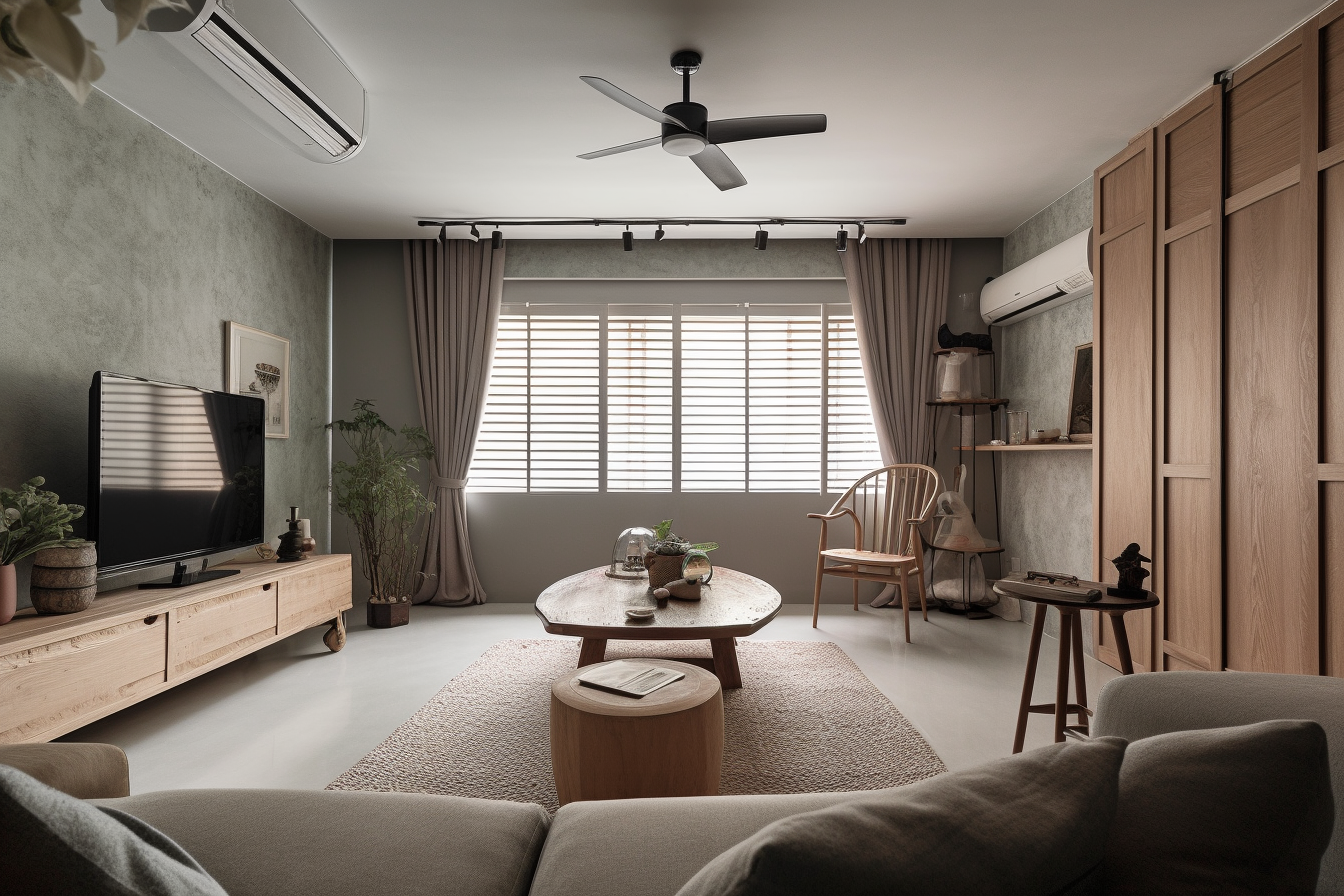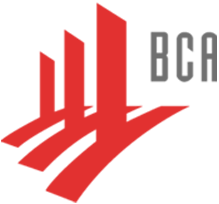Home renovation can be a complex and time-consuming process, whether you’re working on a private condominium or a public housing flat like an HDB unit. The decisions to make and arrangements to handle can be overwhelming. If you’ve gone through this process before, you know that there are unique considerations when switching from a condo to an HDB flat, or vice versa. In this essay, we’ll delve deeper into these key differences and some common instances where they diverge.
Renovation Costs
When considering renovation costs, it becomes evident that renovating a HDB flat can be a significantly costlier endeavor compared to refurbishing a pristine condominium unit. The distinction arises from the fact that condominiums often come equipped with pre-installed kitchen and bathroom fittings, along with essential home appliances such as washing machines and ovens. In stark contrast, HDB flats commence as blank canvases, necessitating comprehensive customization, particularly when homeowners decide not to include optional components like flooring, sanitary fittings, and bedroom doors. Consequently, the need for a more personalized approach in HDB flats can lead to an increase in overall renovation expenses.
Restrictions & Rules
Navigating the realm of restrictions and rules is paramount when it comes to renovating both condominiums and HDB flats. In place to preserve the structural integrity and aesthetic harmony of the buildings, these regulations are a common thread between the two. However, condominiums may introduce an added layer of complexity through developer-imposed restrictions that go beyond standard guidelines. A case in point could be the installation of decorative window grilles or main gates in a condo, which might trigger complications with the Management Corporation Strata Title (MCST). Therefore, to steer clear of potential pitfalls, it’s imperative to remain vigilant and regularly consult the MCST for the most up-to-date renovation guidelines.
Renovation Timelines
The element of time takes center stage when considering renovation timelines, revealing distinctions between refurbishing a condominium unit and an HDB flat. The differences stem from separate sets of regulations and governing bodies that come into play. While HDB renovations are guided by the regulations set forth by HDB, condominiums follow the by-laws dictated by their respective Management Corporation Strata Title (MCST). These MCST-established by-laws may specify particular timeframes and durations within which renovation work can take place, often leading to a potential delay in the renovation process. Consequently, it becomes imperative to meticulously plan for a longer renovation timeline when dealing with a condominium, taking into account the added layers of regulatory compliance.
Access Restrictions
When it comes to access during the renovation process, condominiums present unique challenges compared to HDB flats. In a condo setting, access to the premises can be subject to restrictions that differ significantly from the more open environment of HDB flats. Unlike the latter, where renovation contractors generally have relatively unhindered access, in condominiums, they are typically required to obtain prior approval from the Management Corporation Strata Title (MCST) before entering the premises. Furthermore, in the case of a new condominium, it’s quite common to find multiple units simultaneously undergoing renovation. This necessitates the crucial step of securing approval well in advance, ensuring that adequate resources such as elevators and parking spaces are available to accommodate the requirements of your renovation crew. This meticulous planning is essential to avoid any logistical obstacles during the renovation process in a condo.
Waste Disposal
Managing waste disposal presents a noteworthy contrast between HDB flats and condominiums. In HDB flats, the process is relatively straightforward, with the Town Council offering a complimentary bulky item removal service for residents. This service proves particularly valuable during renovation projects, given the potential accumulation of a substantial volume of debris and waste. However, in the context of condominiums, this same level of convenience may not be readily available.
In condo settings, it falls upon your interior designer or contractor to make the necessary arrangements for the professional removal of debris. These arrangements must adhere to the condominium’s by-laws and secure the crucial approval of the Management Corporation Strata Title (MCST). It’s paramount to follow these guidelines meticulously, as improper removal not only risks incurring costs but can also result in damage to common property. In such cases, you may find yourself held responsible for any associated liabilities. Therefore, understanding and adhering to the waste disposal procedures specific to condominiums is essential to avoid complications and maintain the integrity of the common areas.
While renovating any home can be a complex endeavor, the type of property you choose can significantly impact the process. Understanding the specific differences and challenges associated with renovating an HDB flat or a condominium is crucial to ensuring a successful and stress-free renovation experience. Always consult with experts and relevant authorities to navigate the unique requirements of your chosen property type.







